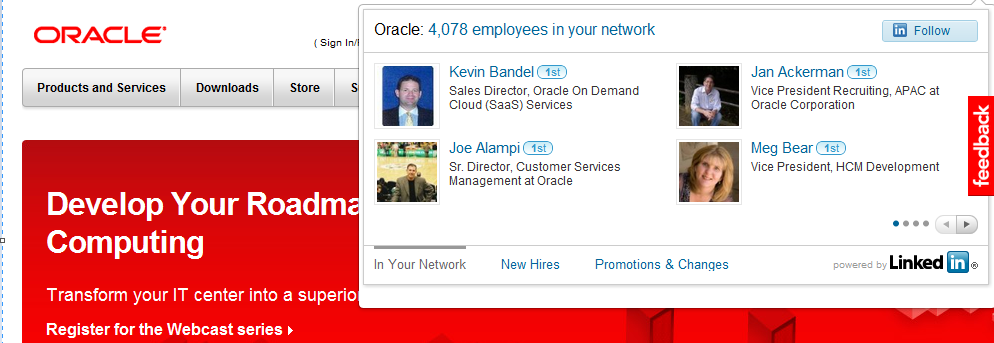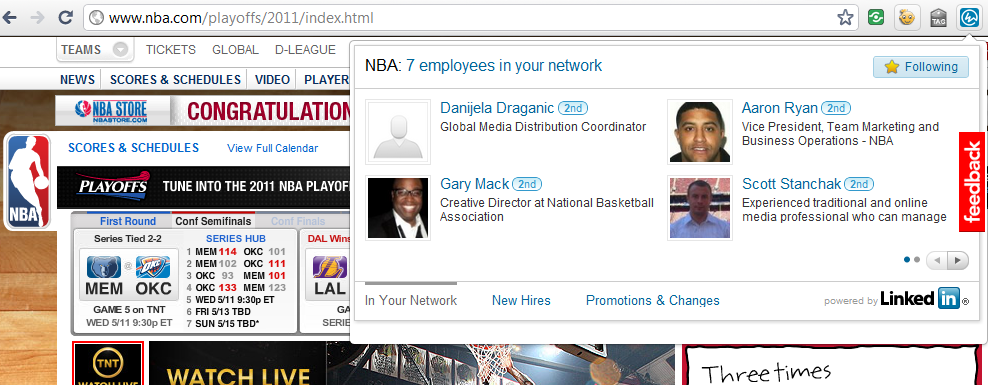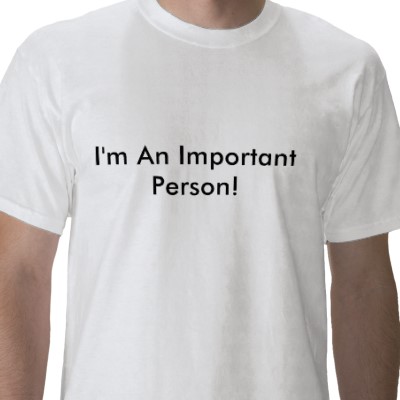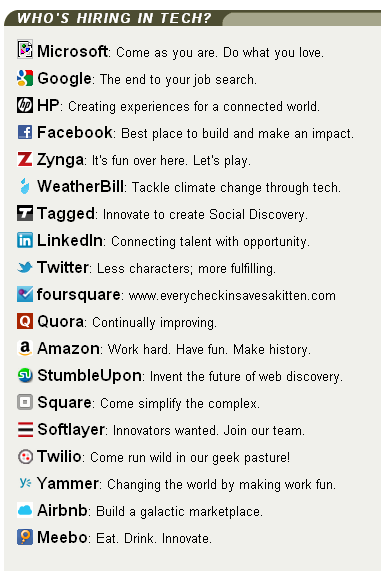Whoworks.at - See your LinkedIn Network as you browse
Whether you are a job seeker researching organizations that you would like to work for, a recruiter seeking talent from competing firms in you industry or region, or a sales professional examining the websites of customers and prospects - one thing is for certain - it sure helps to know someone at the target company. Having an 'in' of some kind, some kind of plausible way to connect with an actual person inside, as opposed to filling out a generic 'contact us' web form, or submitting an anonymous resume into what can sometimes be the black hole of the ATS.
No doubt being able to connect, most optimally by leveraging an existing and hopefully trusted network seems to offer one the best opportunity to get the job application noticed, to find a potential candidate to recruit, or to connect with a real decision maker in a sales process. But sorting out who you might know, or might be connected via other friends and colleagues, typically meant a scan through email contacts; a local CRM or ATS system; or, increasingly, a trip to LinkedIn to perform a quick Company search. Kind of tedious process, but necessary.
This week a new Google Chrome browser extension called Whoworks.at launched, that makes the entire 'Who do I know that works here?' question much easier to answer. After you download and install the Whoworks.at extension, simply click the extension icon just to the right of the Chrome toolbar, and immediately you will be presented a pop-up window displaying all your LinkedIn contacts and extended network that connects you to whatever company whose site you are currently browsing.
Here is a screen shot of my Whoworks.at information for Oracle Corporation:

And here is the view of my LinkedIn network connections at the NBA, (sadly, my network there is not nearly as robust):

I still can't believe LeBron has not accepted my LinkedIn invitation yet.
From within the Whoworks.at pop-up, you can also browse LinkedIn data for recent hires and promotions at the target company, and click on any LinkedIn profile name to be taken directly to that person's LinkedIn profile page.
Whoworks.at is a really neat and useful tool to add to Google Chrome and that makes the task of seeking and reaching out to connections at companies of interest that much easier. And it does get kind of addictive after a few minutes, there is a little bit of a curiosity factor that sets in as you browse around on the internet, sort of wondering if you know anyone at a given company.
Check it out and let me know what you think, simply go to Whoworks.at and provide your email address and a beta invite link should show up in your inbox really quickly.
Happy stalking!

 Steve
Steve



